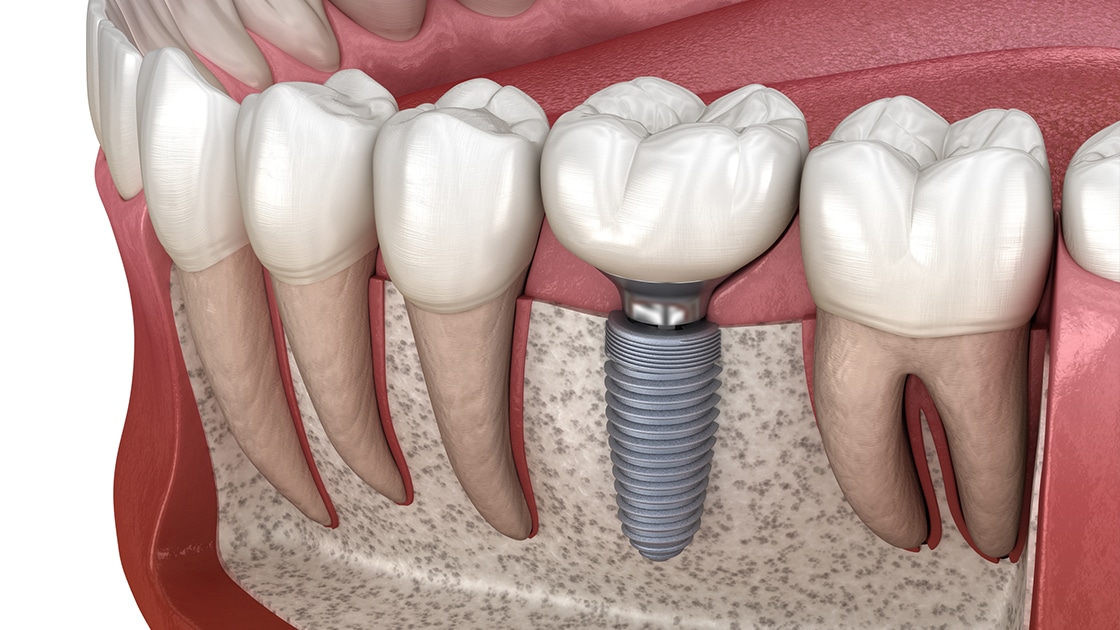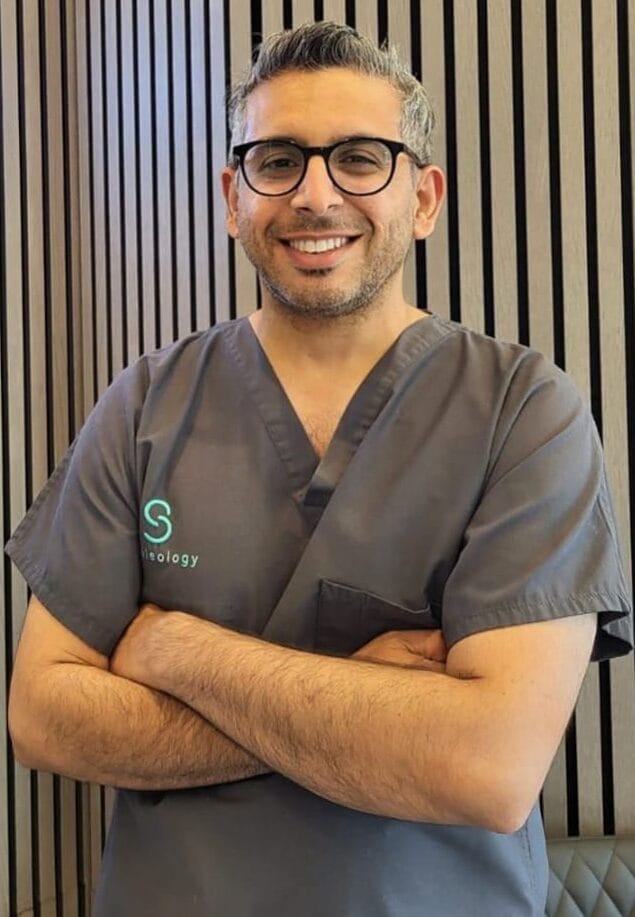Your Path to a Better Smile: Dental Implants Kent Solutions
Your Path to a Better Smile: Dental Implants Kent Solutions
Blog Article
Experience the current Innovations in Oral Implants Innovation
As the field of dental care proceeds to evolve, the improvements in oral implant modern technology have been absolutely nothing short of impressive. The assimilation of technology is revolutionizing the functionality of dental implants, promising boosted end results and client satisfaction.
Advanced Products for Improved Resilience
In the world of dental implants technology, the integration of innovative products has substantially added to enhancing sturdiness and durability of these essential oral prosthetics. The usage of products such as titanium alloys, zirconia, and ceramic compounds has transformed the field by offering raised resistance, biocompatibility, and strength to corrosion.
Titanium alloys are commonly made use of in dental implants due to their phenomenal strength-to-weight ratio, rust resistance, and compatibility with the body. These alloys make certain the stability and long life of the dental implant by holding up against the pressures applied during speaking and eating, giving a dependable option for people looking for long lasting tooth replacements.
Zirconia, a kind of ceramic material, has acquired appeal for its biocompatibility and all-natural tooth-like appearance. Its high toughness and resistance to wear make it an appropriate selection for oral crowns and bridges, enhancing the total looks and capability of the dental implant.

Digital Imaging for Specific Placement
The advancement of oral implants modern technology has additionally advanced with the combination of electronic imaging techniques, ensuring specific positioning of these prosthetics for ideal functional and aesthetic results. Digital imaging plays an important role in the preparation and positioning of oral implants by providing detailed 3D pictures of the patient's jawbone framework. This technology enables dental practitioners to analyze bone density, find vital frameworks, and intend the precise setting and angle for implant positioning with unequaled accuracy.
By using electronic imaging, dental professionals can create digital surgical overviews that serve as a roadmap throughout the implant positioning procedure. These overviews are personalized for every person, taking into consideration their special composition and the desired result. This level of accuracy not just enhances the success rate of oral implant procedures however also decreases the danger of difficulties.
In addition, electronic imaging allows dentists to picture the final prosthetic restoration prior to the actual placement of implants, enabling thorough planning and ensuring that the end result fulfills the person's visual assumptions. On the whole, the combination of digital imaging technology has actually revolutionized the field of dental implants, offering individuals an extra predictable, effective, and patient-specific therapy technique.

Minimally Intrusive Surgical Strategies


Developments in medical methods have actually brought about the development of minimally invasive methods in the area of oral implantology. These strategies aim to lower injury to the individual, reduce healing times, and boost overall therapy results. Minimally invasive operations entail smaller sized lacerations, specialized tools, and progressed imaging innovations to exactly position oral implants with minimal interruption to bordering cells.
One trick aspect of minimally intrusive methods is making use of led surgical procedure, where 3D imaging and computer-aided design software application are used to you can find out more plan the implant positioning with wonderful accuracy. This enables a much more predictable result and can often get rid of the need for substantial flap surgical procedure.
Additionally, innovations in materials and dental implant style have actually also added to the success of minimally intrusive techniques. Implants with enhanced surface homes advertise faster osseointegration, decreasing the recovery time needed before the prosthetic reconstruction can be placed.
3D Printing for Personalized Solutions
Making use of 3D printing innovation in dental implantology permits the creation of very customized services tailored to private client requirements and physiological variants. This sophisticated technology makes it possible for dental specialists to design and produce oral implants with extraordinary accuracy and precision. By making use of digital imaging strategies, such as cone light beam computed tomography (CBCT), comprehensive 3D designs of the individual's mouth can be generated to guide the dental implant preparing procedure.
Among the key advantages of 3D printing in oral implantology is the ability to produce patient-specific implants that flawlessly fit the special makeup of each individual. This customized technique assists enhance the general success and longevity of the dental implant by making sure optimal fit and positioning. Furthermore, 3D printing permits for the manufacturing of intricate geometries and elaborate structures that would be difficult or impossible to achieve making use of traditional production methods.
Furthermore, 3D printing innovation makes it possible for dental professionals to improve the implantation procedure, minimizing surgical treatment time and enhancing general individual experience. With its ability to create tailored remedies promptly and effectively, 3D printing is transforming the field of oral implantology, offering patients cutting-edge therapy options and enhanced results.
Integrated Technology for Improved Capability
Applying innovative technology in oral implantology enhances functionality and accuracy, boosting the criterion of care for individuals undergoing dental implant procedures. Integrated innovation plays a critical duty in boosting the overall success and longevity of dental implants.
Furthermore, the combination of computer-aided style and computer-aided production (CAD/CAM) technology makes it possible for the production of personalized dental implant repairs with remarkable accuracy. CAD/CAM systems make use of electronic perceptions to create prosthetics that flawlessly fit the client's unique makeup, guaranteeing optimal index convenience and performance. Furthermore, using robotic-assisted surgical procedure in implant positioning improves precision and minimizes the danger of human mistake.
Final Thought
Finally, the current technologies in oral implants innovation offer improved durability with advanced materials, accurate positioning with digital imaging, minimally intrusive surgical strategies, customized services with 3D printing, and improved performance with integrated modern technology - Dental implants Kent. These improvements in dental implants innovation are changing the field and offering patients with more efficient and effective therapy options for restoring their smiles and oral health
The combination of modern technology is changing the functionality of dental implants, promising enhanced outcomes and individual complete satisfaction.
The advancement of oral implants innovation has actually additionally progressed with the integration of digital imaging methods, ensuring specific placement of these prosthetics for optimal useful and aesthetic end results. Minimally invasive medical procedures entail smaller incisions, specialized instruments, and progressed imaging modern technologies to exactly place oral implants with very little interruption to surrounding cells.
Implementing advanced innovation in oral implantology improves functionality and useful reference precision, elevating the requirement of care for patients undertaking dental implant treatments. Dental implants Kent. Integrated modern technology plays an essential role in improving the general success and longevity of dental implants
Report this page